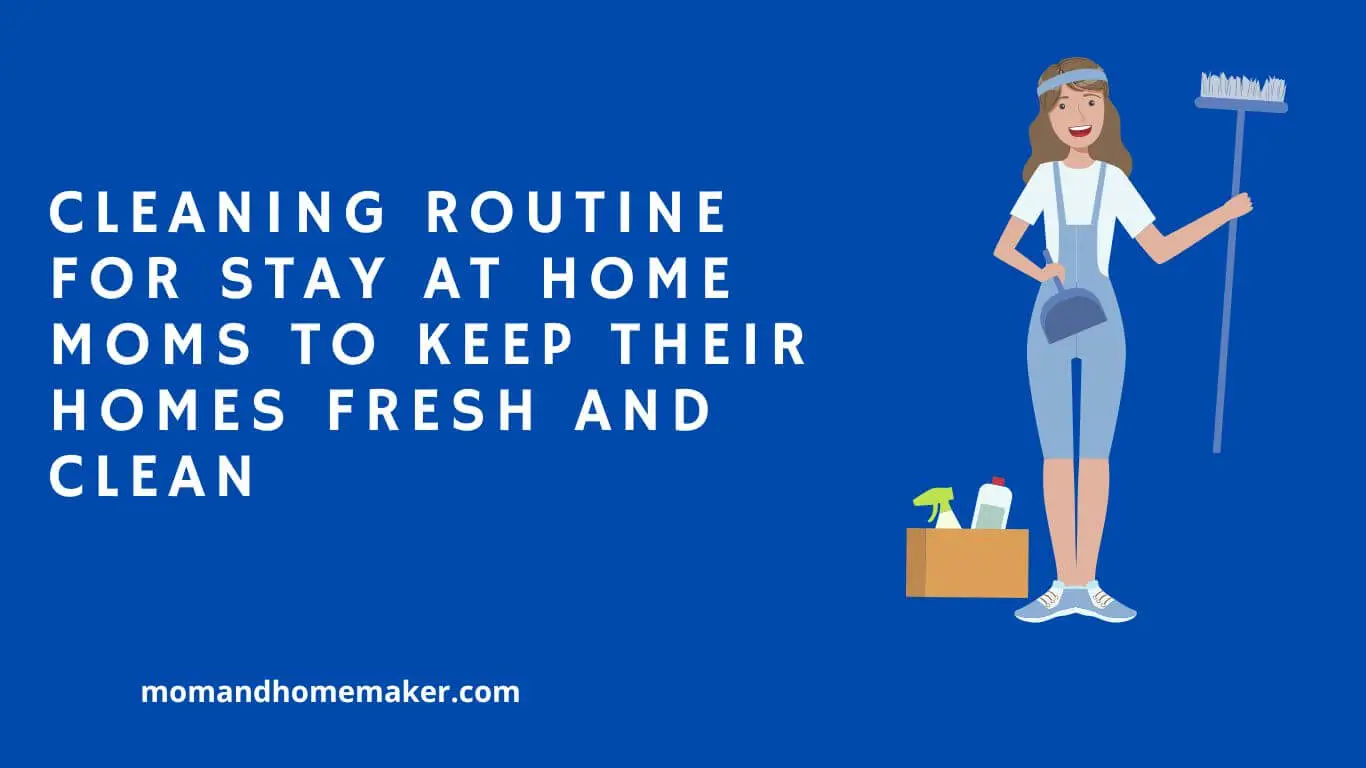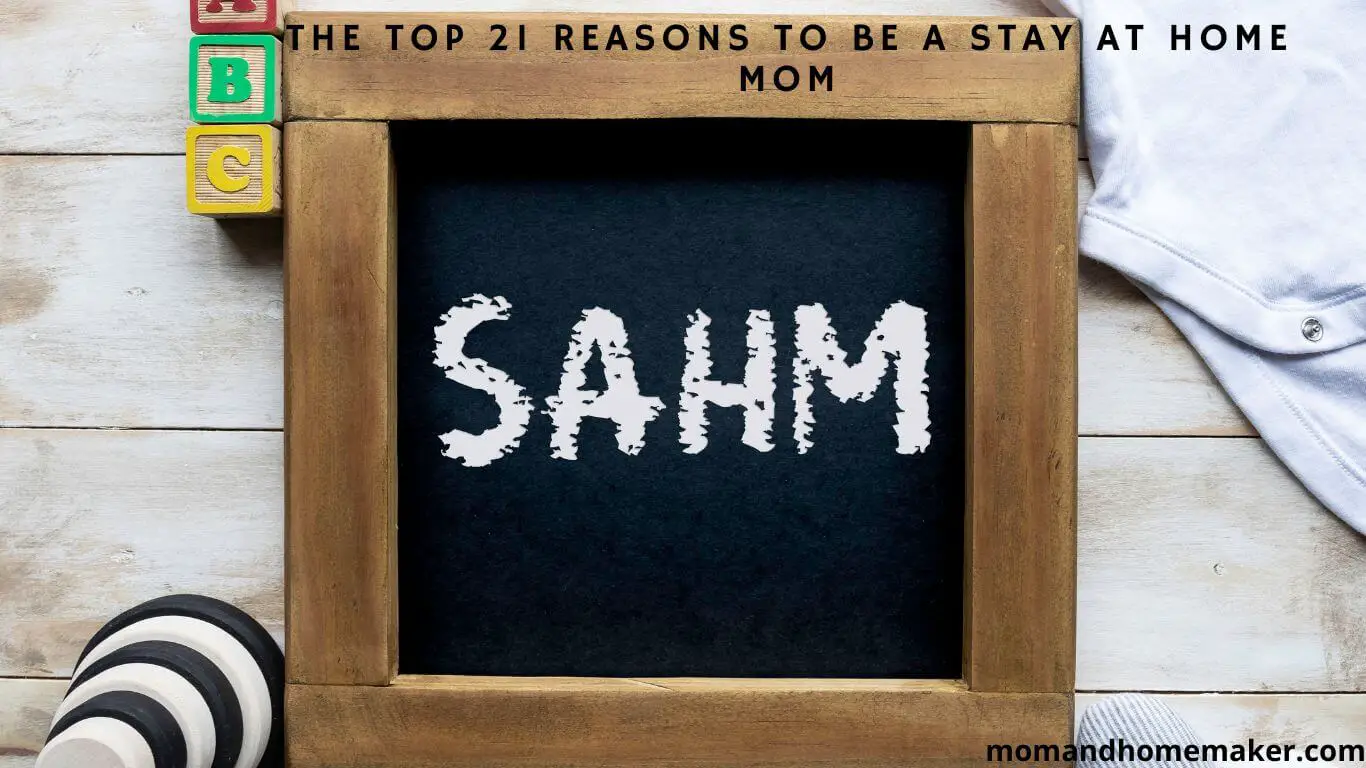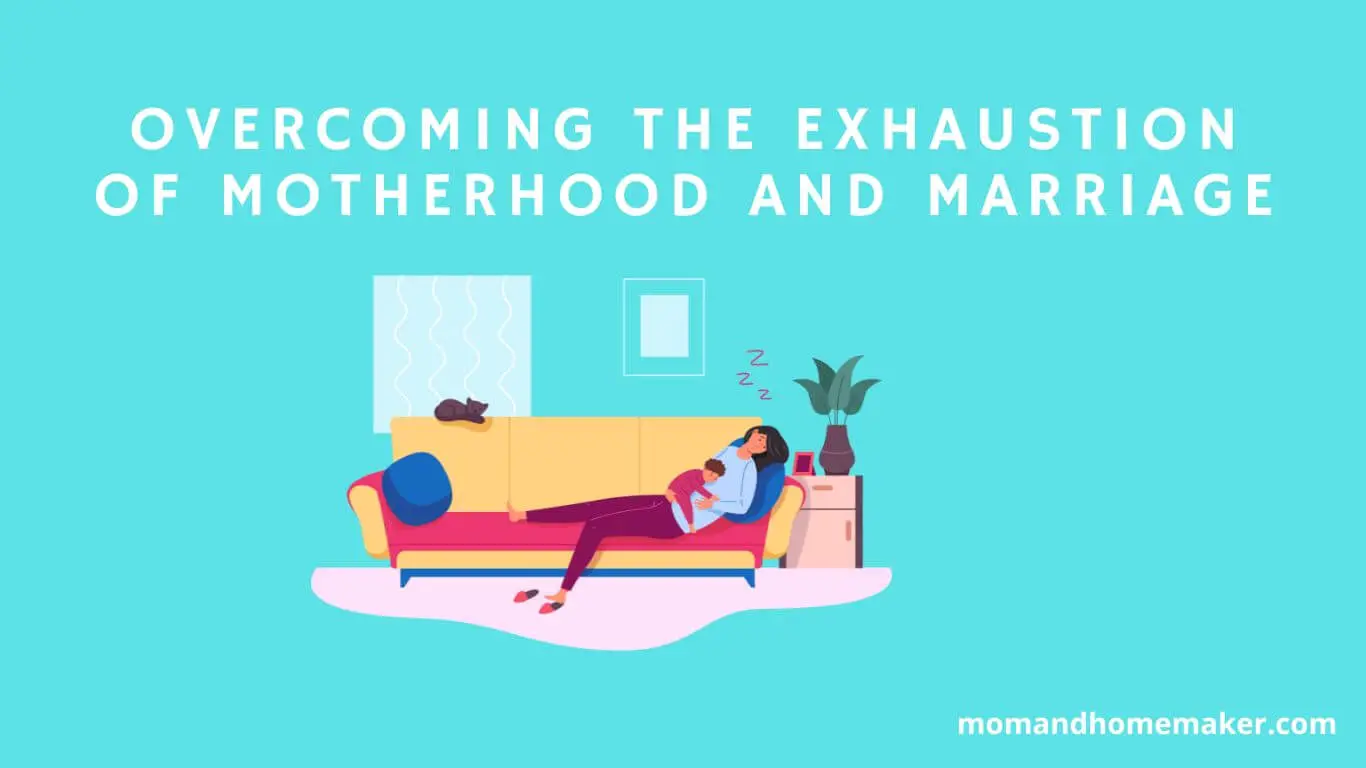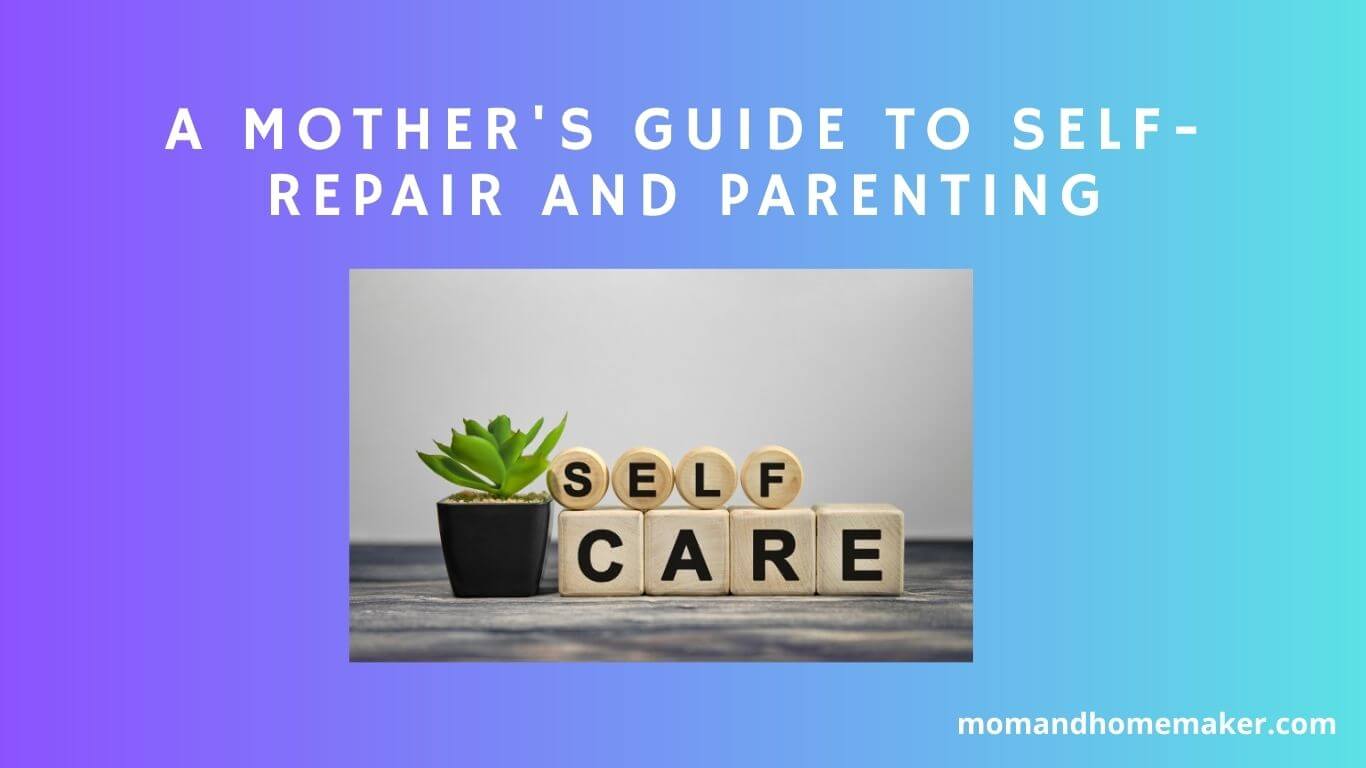Have you ever wondered about the exact percentage of families where mothers choose to stay at home?
This statistic can provide valuable insights into changing family dynamics and the roles within households.
Let’s delve into this intriguing aspect of family life to uncover the prevalence of stay-at-home moms in today’s society.
Current Statistics on Stay-at-Home Moms
Stay-at-home moms are seeing fluctuations in their numbers in recent years. The choice to prioritize caring for your family is about finding a balance that aligns with your values. As a stay-at-home mom, you challenge traditional gender roles by showing that caregiving is as valuable as any other profession.
In today’s society, balancing personal and professional responsibilities is crucial. Stay-at-home moms exemplify this balance by nurturing their families and managing household tasks. Prioritizing family while maintaining a sense of self showcases strength and resilience.
By opting to stay at home, you challenge outdated gender norms that limit women to domestic roles. Choosing your family’s well-being over a career defies societal expectations and underscores the importance of caregiving. You break barriers and reshape perceptions about the value of women’s work at home.
As a stay-at-home mom, you lead the way in redefining traditional gender roles and advocating for a balanced work-life approach. Your dedication to your family inspires others, emphasizing the significance of caregiving and the need for harmony between personal and professional life.
Factors Influencing Family Decisions
When it comes to shaping family decisions in today’s society, several key factors play a significant role. One crucial aspect is achieving work-life balance, balancing career responsibilities with family commitments for overall well-being.
Financial considerations also heavily influence choices, including stability, childcare costs, and the impact of single or dual-income households.
Personal values within a family unit greatly impact decisions, whether prioritizing traditional roles or modern perspectives. Childcare options and the quality of services available can influence whether a parent stays at home, while community support and resources play a role in shaping family decisions.
Considering these factors is essential for families navigating modern life and making choices aligned with their values and goals.
Trends in Stay-at-Home Parenting
The landscape of stay-at-home parenting is changing, with more fathers opting to stay home while mothers focus on their careers.
This shift challenges old stereotypes and promotes a more balanced approach to parenting roles. Families are prioritizing work-life balance, and reevaluating their priorities to spend more time with their children.
The flexibility of remote work and adaptable schedules enables parents to be actively involved in their kids’ lives while managing their work responsibilities.
With gender roles blurring, families are adopting a more holistic view of parenting, sharing responsibilities for childcare and household tasks. This collaborative approach strengthens family bonds and sets a positive example for children, emphasizing equality and cooperation within the family unit.
Economic Impact on Families
The impact of having a stay-at-home parent, especially a mother, on families’ finances can be significant. Moving to a single-income household often creates financial strain as the family adjusts to living on one salary, requiring careful budgeting for stability.
On the positive side, having a stay-at-home parent can enhance work-life balance by allowing more time with children and flexibility in managing household responsibilities. This decision challenges traditional gender roles and encourages families to prioritize values over societal expectations.
Despite initial challenges, the improved quality of life from having a stay-at-home parent dedicated to family well-being can be incredibly rewarding.
Demographics and Regional Variances
When it comes to the prevalence of stay-at-home moms, the percentage of households with a parent staying at home varies significantly across different regions and demographic groups. Regional differences, influenced by cultural norms, economic factors, and social expectations, play a crucial role in determining the prevalence of stay-at-home moms.
In various regions around the world, the percentage of families with stay-at-home moms differs. For instance, in North America, about 25% of families have a stay-at-home mom, while in Europe, the percentage is around 15%.
In Asia, the percentage rises to about 30%, and in Africa, it stands at 20%. South America has approximately 18% of families with stay-at-home moms.
These regional differences can be attributed to cultural norms that shape gender roles, societal expectations, and economic conditions. In some regions, cultural traditions prioritize women’s role in caregiving, leading to a higher prevalence of stay-at-home moms.
Conversely, in more economically developed regions, the necessity for dual-income households may result in a lower percentage of families with stay-at-home moms.
Understanding these regional variances is essential for policymakers, businesses, and communities to provide adequate support and resources for families with stay-at-home moms.
By acknowledging the diversity of cultural norms and economic circumstances, we can create more inclusive environments that cater to the needs of all family structures.
Challenges Faced by Stay-at-Home Moms
Balancing household responsibilities and personal well-being can be quite challenging for stay-at-home moms. It’s important to recognize the hurdles you may encounter and find ways to overcome them to maintain good mental health and avoid feeling socially isolated.
- Mental Well-being Struggles: Managing household tasks and child care responsibilities can impact your mental health. Prioritizing self-care and seeking support when needed is crucial.
- Isolation: Spending a lot of time at home with children can lead to feelings of loneliness. Connecting with other adults through community groups or online platforms can help combat this.
- Limited Personal Time: Balancing family needs with personal time can be tough. Finding moments to relax and recharge is essential for overall well-being.
- Emotional Drain: Being constantly available for your family can be emotionally exhausting. Setting boundaries and communicating your needs can help prevent burnout.
- Identity Shift: Transitioning from a career-oriented individual to a stay-at-home mom may bring about an identity crisis. Remember, your role as a caregiver is valuable, and it’s okay to prioritize your well-being alongside your family’s needs.
Future Projections and Considerations
In the evolving landscape of societal norms and economic dynamics, the role of stay-at-home moms may undergo significant changes in the coming years.
As we progress towards greater gender equality, traditional gender roles are shifting, potentially creating more opportunities for women to pursue careers outside the home.
Moreover, the increasing prevalence of remote work options offers new ways to balance work and family life, potentially reducing the necessity for one parent to stay at home full-time.
The ongoing dialogue about work-life balance is gaining traction, leading families to prioritize flexibility in their professional lives. This focus on balance could prompt a reevaluation of the role of stay-at-home moms, with more families considering arrangements where both parents share caregiving and work responsibilities.
With the rise of remote work, the need for a parent to be at home full-time may decrease, impacting the proportion of families with stay-at-home moms.
It is crucial to consider how these societal shifts and economic trends will shape the future landscape for stay-at-home moms. By staying attentive to these changes, families can make informed choices that align with their values and aspirations, fostering a more inclusive and adaptable environment for all caregivers.
Conclusion
The percentage of families with stay-at-home moms has been gradually decreasing due to changes in societal norms and economic factors.
However, there may be a resurgence in the traditional role of stay-at-home parents with the increasing popularity of remote work and flexible schedules.
This shift could potentially bring back a lifestyle reminiscent of the ‘Leave It to Beaver’ era.








